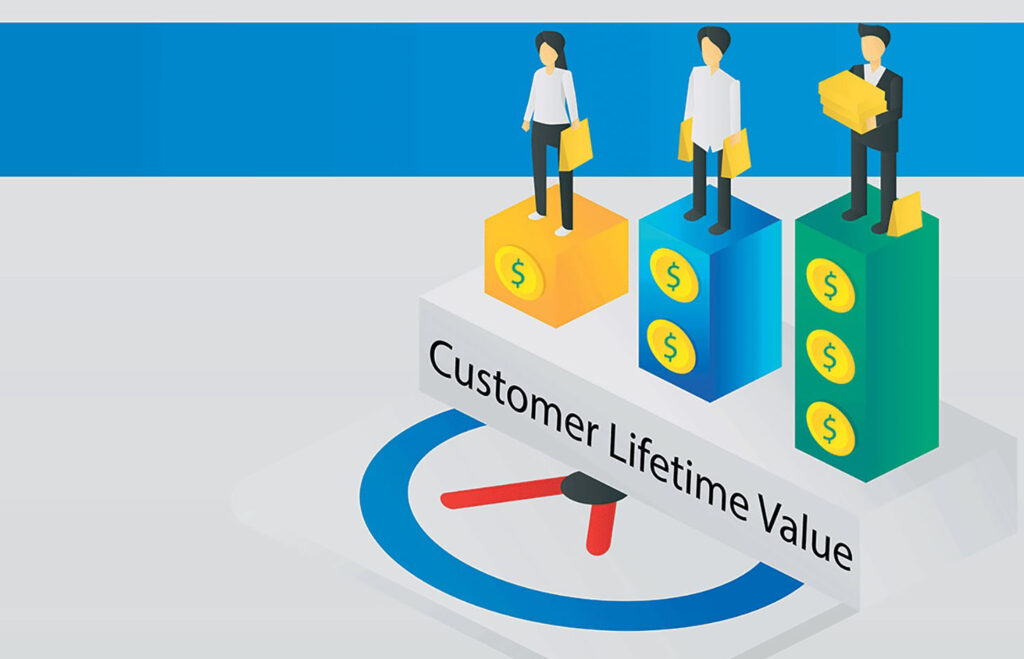What’s your SaaS business’s average customer lifetime value (LTV) like?
There’s always room for improvement. And sometimes, inspiration for increasing LTV can come from unexpected places.
Take your subscription billing software, for instance—it isn’t just a solution to automate your customer billing and subscription management. If used strategically, it can also do wonders to raise your LTV.
How, you ask?
1. Reduce churn with automated dunning management
In the world of SaaS, no matter what you do, some customers will inevitably churn. And whenever that happens, not only does your MRR take a hit, but so does your customer LTV.
Churn related to delinquent payments—either when a customer intentionally or unintentionally lets their subscription lapse because of a failed payment—can be particularly frustrating. And surprisingly, for many SaaS businesses, this issue can account for 20 to 40% of overall churn.
The good news it, this kind of churn is better managed with an effective dunning management strategy.
Modern subscription billing software offers features that enable SaaS businesses to automate simple dunning measures such as:
- emailing customers about failed payment attempts, including a polite request for customers to update their credit card on file if required, and
- retrying credit cards according to a set schedule whenever a charge fails, such as three and five days after the first failed attempt.
Every customer you save from churn is a customer that will stay with you—and continue spending money with you—for longer. So, if you’re looking to increase your LTV, don’t miss out on this low-hanging fruit.
Looking for other ways to reduce churn? Keep reading…
2. Identify opportunities for improving CX and optimizing acquisition
Why are your customers downgrading their subscriptions or cancelling your service entirely? If you can pinpoint the causes, then you’ll obviously be able to work on making some improvements.
To get started, fire up your subscription billing software and dig into your contraction and churn data.
From these types of reports, you can identify the customers that have reduced their spend with your business. Now it’s time for outreach.
- For the customers that show MRR contraction, find out why they downgraded and whether there’s anything you can do to help.
- For the customers that have already churned, try to conduct an exit survey to learn how you can improve your product for future customers. You could also consider presenting a special offer to churned customers to try and bring them back into the fold.
When you’re digging into your customer churn data, you may be able to spot some trends. And these trends may suggest certain customers simply aren’t a good fit for your product.
This is beneficial because you can fine-tune your ICP. From there, your marketing and sales teams can avoid targeting customers with similar profiles in the future. You’ll then be able to prioritize your resources across the board on better-fit customers that are more likely to have higher LTVs.
3. Monitor the Lifetime Value (LTV) of your active customers
As you work on increasing your SaaS business’s LTV metric, you’ll also need to be able to measure the effectiveness of your efforts.
Your subscription billing software tells you the specific LTV of each of your customers based on:
- when they signed up, and
- how much revenue they’ve contributed since then.
And for a more granular view, you want to track the MRR your customers are contributing to your business. After all, the longer you retain customers with higher MRRs, the more you increase your customer LTV—not to mention your ARR.
Adaptive subscription billing software also enables you to dig into your revenue by customer and well as your MRR by customer.
Once you identify which customers contribute the most MRR and the most to your overall revenue over time you can further fine-tune your ICP to this cohort. And from a customer management perspective, you might also consider encouraging and rewarding the loyalty of these high-LTV customers to strengthen the relationship further.
4. Adjust pricing at the customer level
Different customers have different product needs, and you should have the flexibility to bill them accordingly.
For example, perhaps you have three standard plans you charge for on a per-user basis. Customers have the option of paying monthly or annually for each, and they can also pay extra for certain add-on features.
All these options lead to numerous pricing combinations, which can be a headache to bill for if you’re using a legacy system or a solution without a flexible catalog.
You may need to create entirely new products or plans that cater to just a few select customers. Multiply these products and plans by the number of customers that need customized billing—which could be in the hundreds or even thousands—and you could end up with a very cluttered product catalog as well as an inflexible pricing process.
Instead, an adaptive subscription billing solution enables you to have those standard plans and then easily adjust pricing at the customer and subscription level. This allows for creative upsells and plan additions without affecting your entire catalog.
Migrating customers to higher plans will be no problem either, as your subscription billing software seamlessly applies changes and bills accordingly.
As a result, you’ll be able to offer customized subscriptions and expansion options tailored to the needs of your customers. This will help you incentivize them to remain with your business as they grow.
How will your SaaS leverage subscription billing software to boost customer LTV?
While you could adopt any number of strategies to increase your SaaS business’s customer LTV, it’s a good idea to target opportunities that significantly increase this metric for the least amount of resources.
Modern subscription billing software offer valuable insights into your customers’ spending behaviors with your business. This enables you to make data-driven decisions on the types of customers you want to target, acquire, and retain.
Also, when customers want to pay you for your products, make it easy for them to do so—and for you to collect payment.
Use a billing system that enables easy pricing customization, effective dunning management, and of course, that automates as many processes as possible.
Not only does this save you and your team a lot of time, but it also frees up precious bandwidth for executing strategies that help you scale your business.








